Last week, team scientists and the internet alike were amazed when Perseverance spotted a black-and-white striped rock unlike any seen on Mars before. Is this a sign of exciting discoveries to come?


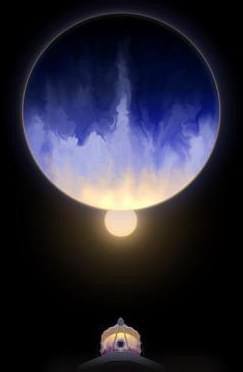
Can an exoplanet’s atmosphere exhibit east-west asymmetry, meaning its two edges are vastly different from each other? This is what a recent study published in Nature Astronomy hopes to address as an international team of researchers led by the University of Arizona investigated the atmosphere of WASP-107 b, which is a Jupiter-sized exoplanet located approximately 211 light-years from Earth. This study holds the potential to help astronomers better understand the formation and evolution of exoplanets and how we can hopefully find Earth-like exoplanets, as well.
“This is the first time the east-west asymmetry of any exoplanet has ever been observed as it transits its star, from space,” said Matthew Murphy, who is a graduate student at the University of Arizona Steward Observatory and lead author of the study. “I think observations made from space have a lot of different advantages versus observations that are made from the ground.”
For the study, the researchers used NASA’s powerful James Webb Space Telescope (JWST) to observe the atmosphere of WASP-107 b, which is tidally locked to its parent star, meaning one side is always facing its parent star, much like how our Moon always has one side facing the Earth. This also makes studying an exoplanet’s atmosphere tricky since astronomers can only observe the back side of the exoplanet and analyzing the starlight passing through its atmosphere. However, with the help of novel methods, the researchers were able to analyze data obtained from the front side of WASP-107 b, thus confirming its atmospheric east-west asymmetry. Additionally, WASP-107 b also exhibits low density and low gravity, resulting in its atmosphere being inflated.

I’m actually getting Starlink because it’s competitively priced, and I can walk to my local Grocery Store up the street, and order it.
President Ruto had on Monday during a business roundtable meeting revealed that Starlink’s entry into the Kenyan market faced a lot of resistance from local players who felt the foreign firm’s entry would eat into their market share.
Ruto admitted during the roundtable that Kenya would be seeking more competitors in a bid to revolutionize the digital space in Kenya.
Locally, Starlink has been well received with many Kenyan companies and business owners signaling a shift in a bid to access alternative internet options.
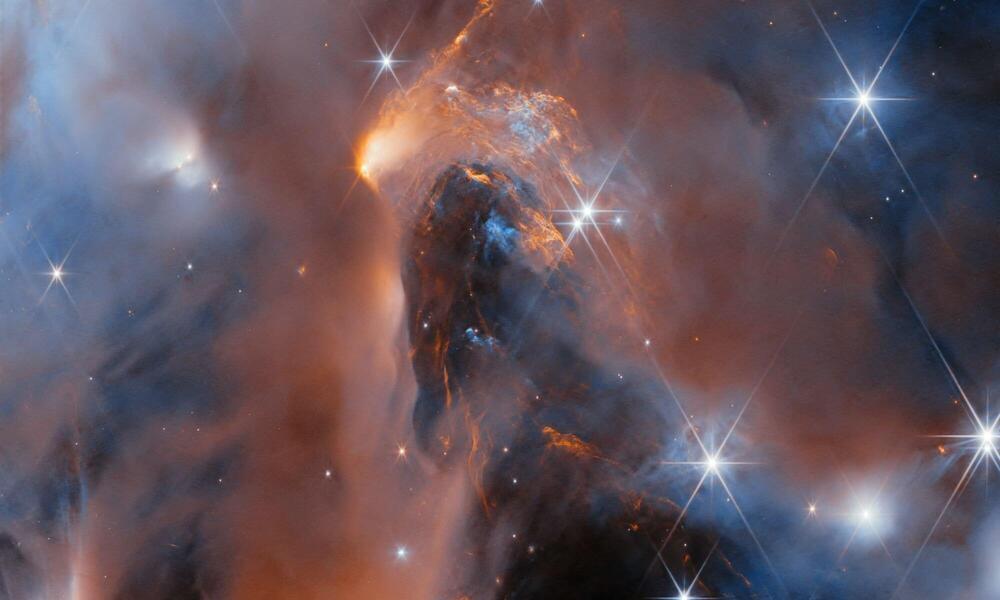
The James Webb Space Telescope has spotted six likely rogue worlds — objects with planet-like masses but untethered from any star’s gravity — including the lightest ever identified with a dusty disk around it.
The elusive objects offer new evidence that the same cosmic processes that give birth to stars may also play a common role in making objects only slightly bigger than Jupiter.
The James Webb Space Telescope has spotted six likely rogue worlds — objects with planetlike masses but untethered from any star’s gravity — including the lightest ever identified with a dusty disk around it.
The Overview Effect, the profound shift in human perception that occurs when one sees Earth from the outside, has the power to foster peace and global brotherhood. This underscores the urgent need for an increasing number of people, not just machines, to venture into space.
The concept encapsulated in the title above is the culmination of a two-day discussion held in New York under the auspices of the Summit of the Future. The Space Renaissance International and its 102 allied organizations, the Space 18th SDG Coalition, played a pivotal role in organizing these two events.
The first event[1] took place at the United Nations Plaza 777, NYC, in the heart of the U.N. Headquarters Plaza, thanks to the generous hosting of Henk Rogers[2]. Approximately 50 participants, both in person and virtually, engaged in a robust discussion on the necessity of amending the U.N. 2030 Agenda for Sustainable Development. The key proposal was the addition of an 18th SDG, with a specific focus on Civilian Space Development. This discussion was furthered during a Side Event[3] at the Consulate General of Jamaica in NYC, organized and hosted by Dr. Claire Nelson[4]. Robert Katz[5] and Adriano V. Autino[6] expertly co-chaired both events.

A neutron star is the remnant of a massive star (bigger than 10 Suns) that has run out of fuel, collapsed, exploded, and collapsed some more. Its protons and electrons have fused together to create neutrons under the pressure of the collapse. The only thing keeping the neutrons from collapsing further is “neutron degeneracy pressure,” which prevents two neutrons from being in the same place at the same time.
Additionally, the star loses a lot of mass in the process and winds up only about 1.5 times the Sun’s mass. But all that matter has been compressed to an object about 10 miles (16 kilometers) across. A normal star of that mass would be more than 1 million miles (1.6 million km) across.
A tablespoon of the Sun, depending on where you scoop, would weigh about 5 pounds (2 kilograms) — the weight of an old laptop. A tablespoon of neutron star weighs more than 1 billion tons (900 billion kg) — the weight of Mount Everest. So while you could lift a spoonful of Sun, you can’t lift a spoonful of neutron star.
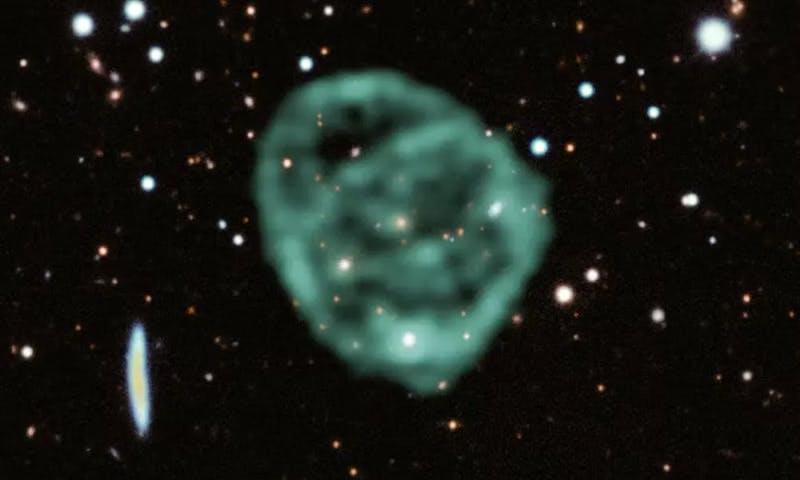
Sierra Space’s oxygen tech boosts lunar sustainability, aiding NASA’s Artemis goal for a permanent moon base and future Mars missions.
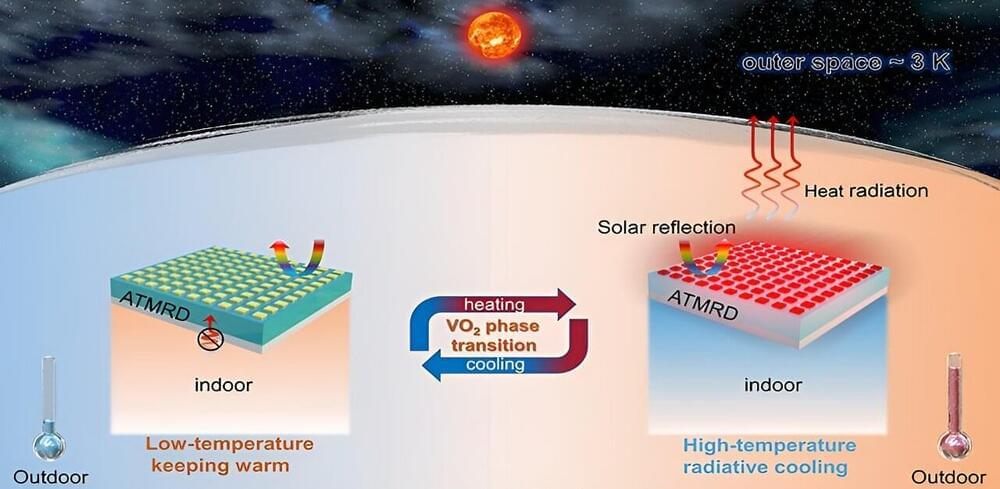
As the global energy crisis intensifies and climate change accelerates, finding sustainable solutions for energy management is increasingly urgent. One promising approach is passive radiative cooling, a technology that allows objects to cool by emitting heat directly into space, requiring no additional energy.
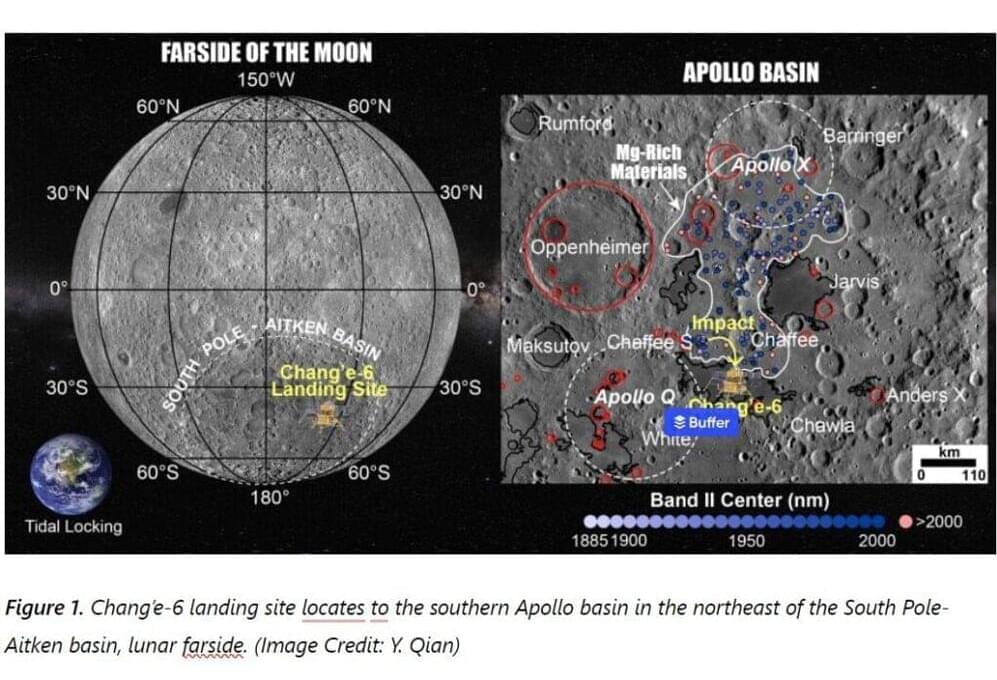
Lunar igneous activities including intrusive and extrusive magmatism, and their products contain significant information about the lunar interior and its thermal state. Their distribution is asymmetrical on the nearside and farside, reflecting the global lunar dichotomy. In addition to previously returned lunar samples all from nearside (Apollo, Luna, and Chang’e-5), samples from the South Pole-Aitken (SPA) basin on the farside have long been thought to hold the key to rebalancing the asymmetrical understandings of the Moon and disclosing the lunar dichotomy conundrum.
Earlier this year, the Chang’e-6 mission of the Chinese Lunar Exploration Program, successfully launched on May 3, landed on the lunar surface on June 2, and returned to the Earth on June 25 carrying a total of 1935.3g of lunar soils. It is the world’s first lunar farside sample-return mission, which landed in the south of the Apollo basin within the SPA basin on the farside. These precious samples would open a window to solve the long-standing question of lunar dichotomy, even reshape human’s knowledge of our closest neighbour. However, compared with the well-known mare volcanism surrounding the Chang’e-6 landing site, the intrusive magmatic activities have a much more obscure presence and origin, impeding future sample analyses when they are available for application.
In a recent research paper published in The Astrophysical Journal Letters, Dr Yuqi QIAN, Professor Joseph MICHALSKI and Professor Guochun ZHAO from the Department of Earth Sciences at The University of Hong Kong (HKU) and their domestic and international collaborators have comprehensively studied the intrusive magmatism of the Chang’e-6 landing site and its surroundings based on remote sensing data. The study revealed their extensive distributions and obscure nature with significant implications for the petrogenesis of lunar plutonic rocks and the Chang’e-6 mission, which will facilitate scientists’ further study of lunar farside.